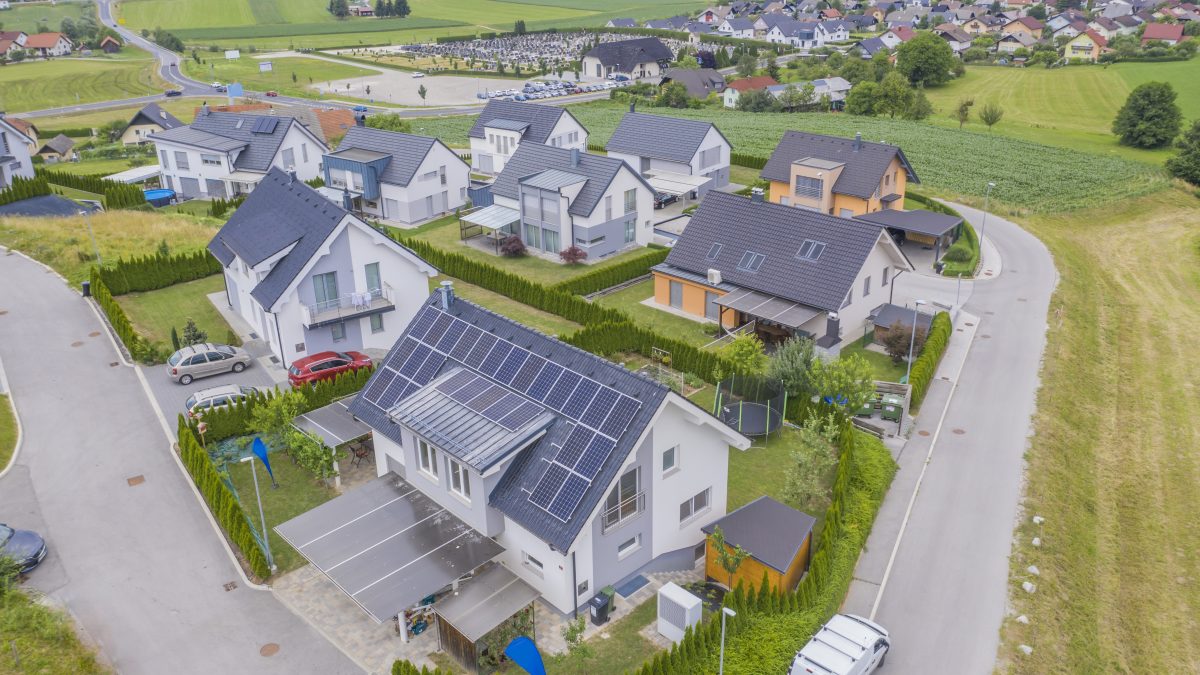The role of distributed energy resources in the energy transition – Daniel Olivares
October 30, 2024.
The energy transition is a paradigm shift that redefines how we conceive, produce and consume energy. Thomas Kuhn, in his work “The Structure of Scientific Revolutions”, argues that when a system does not solve new problems, ideas that fit the changing reality must be adopted. Although he speaks of scientific paradigms, this can be extrapolated to technological ones. In my opinion, the energy sector is currently experiencing a paradigm shift: the centralized model loses validity compared to the distributed model due to its inability to solve the persistent problem of “sacrifice zones”, in the broadest sense of the concept.
For more than a century, the centralized model, based on large plants and transmission networks, has dominated. Although it was efficient for industrial demand and rapid urban growth, today it faces paradigmatic challenges: climate vulnerability and growing citizen opposition to large-scale projects nearby. In Chile, new transmission projects can take more than 10 years, and generation and storage projects face uncertainties in permits. News from the sector shows the high level of conflict associated with the development of large energy projects.
Added to this is the fact that technological evolution has begun to erode the economies of scale that favoured large producers. Modular solutions, such as photovoltaic systems, allow for more local and efficient options. Concepts such as microgrids and virtual power plants are gaining ground, thanks to advances in R&D, and the integration of electric vehicles improves the business case for distributed energy, highlighting the need to adapt infrastructure and regulation to facilitate its adoption.
Residential solar energy systems already offer, in many cases, costs below regulated rates in Chile, which marks a profound change in the economic support of a centralised model and opens up opportunities to move towards a more resilient and sustainable one. Although investments in distribution are required to maximize the benefits of DERS, there are currently stand-alone systems with costs that translate to around $150/kWh of electricity (or 120kWh in non-stand-alone systems), compared to the current price of around $200/kWh for residential customers. In addition, recent analyses indicate that the country has the potential to integrate about 6 GW of residential distributed generation without major investments and up to 12 GW with specific improvements. With this potential and prices, there is no need to look far to reduce the electricity cost for customers.
However, the transition to a decentralized model presents challenges. Institutions, regulation, market design and public policies still favor centralized solutions. The change implies rethinking power dynamics in the sector, which is never easy, moving from decisions controlled by large companies and regulators to a model where prosumers, cooperatives and consumers manage their own energy, opening up opportunities for innovation and local development. There is an urgent need to implement policies that overcome these challenges, avoid stranded assets that may unnecessarily burden users, take advantage of the potential of distributed generation and move towards a more resilient and efficient energy system for Chile.
“Residential solar energy systems already offer, in many cases, costs below regulated rates in Chile, which marks a profound change in the economic underpinnings of a centralized model.”
Gentleness Litoral Press

